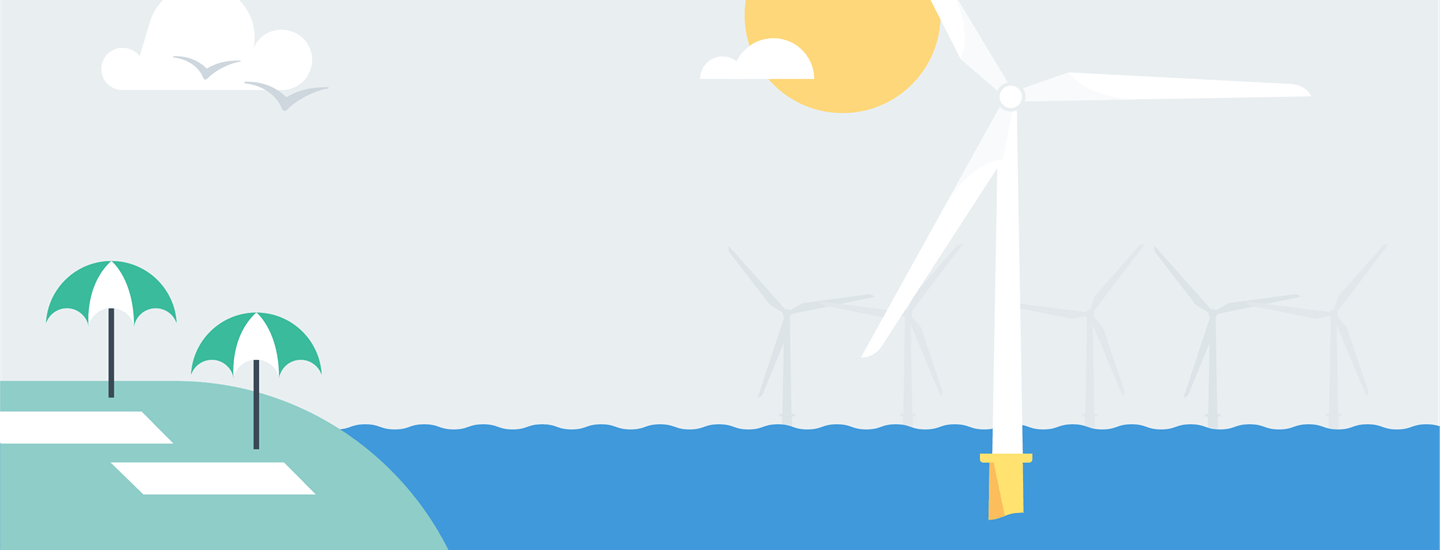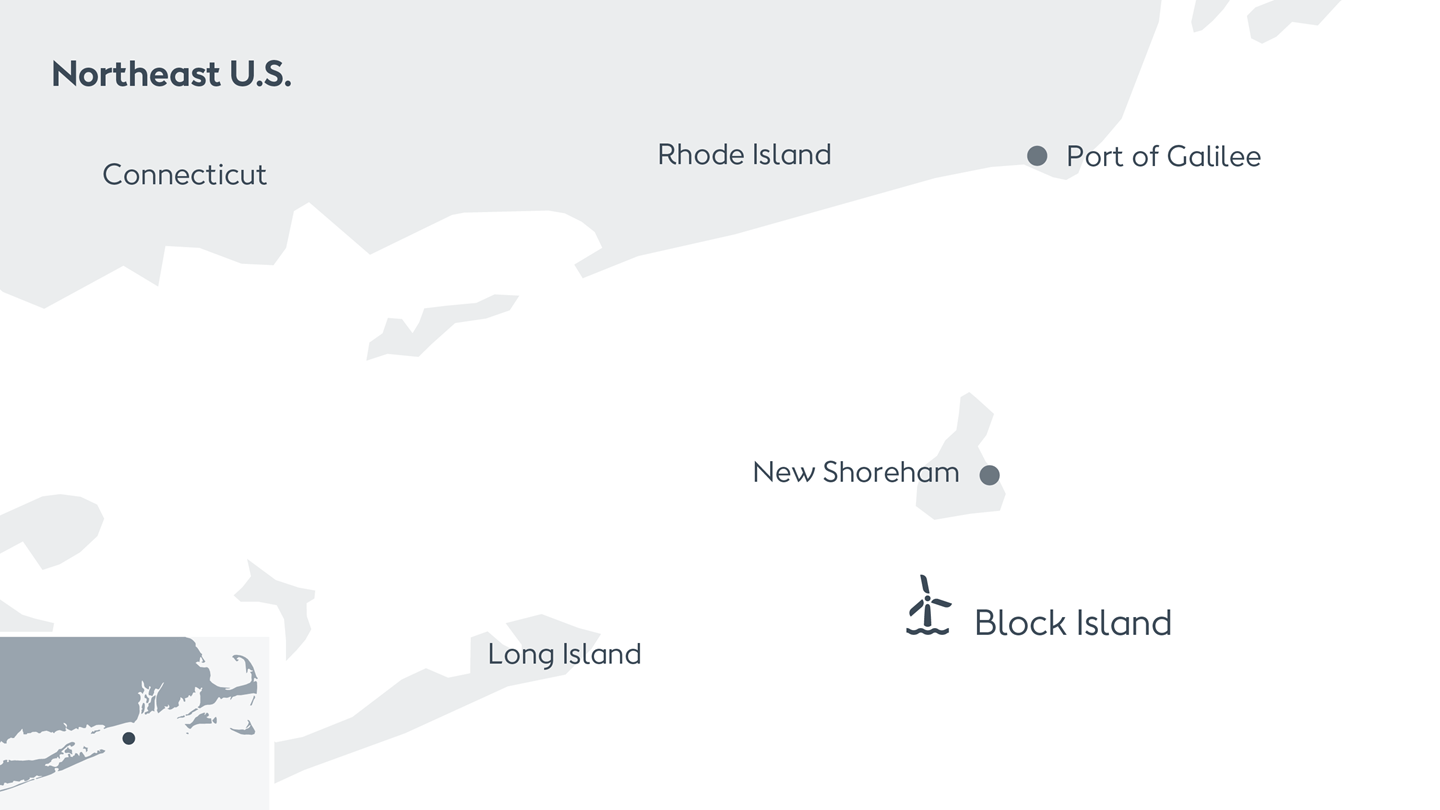Question:
Does offshore wind deter tourists from visiting the coast?
Fact:
Very few tourists are put off by seeing an offshore wind farm on the horizon. Some even see it as a good reason to visit the area.
Question:
Does offshore wind deter tourists from visiting the coast?
Fact:
Very few tourists are put off by seeing an offshore wind farm on the horizon. Some even see it as a good reason to visit the area.
Sun, sea, sand, and somewhere out there on the horizon, the wind turbines that are generating reliable clean energy for the local area. The sight of an offshore wind turbine adds something different to your average trip to the ocean.
For a few, it might be a reason to consider going elsewhere. For others, offshore wind is the reason they’re visiting in the first place.
But from what we know from the research available, there’s no reason to believe that offshore wind harms coastal tourism.1
Skipjack Wind 2 will be 20 miles from the shore, so we should expect the vast majority of beachgoers in the area to feel that their beach experience is unaffected.

America’s first offshore wind farm was constructed just three miles from the shore, off Block Island, Rhode Island. Consisting of five wind turbines, it began commercial operation in 2016, helping end the island’s dependence on diesel generators for power. It is owned and operated by Ørsted.
Around the time of Block Island Wind Farm’s construction, researchers from Rhode Island University made the first and so far only study on the real impact of offshore wind on the U.S. tourism industry. They analyzed Airbnb rental data before and after construction, comparing it to rental trends in nearby communities out of sight of the wind farm.
The overall findings showed no noticeable effect on demand for holiday rentals after the wind farm was built – except for in July and August 2017, where Block Island experienced 19% higher occupancy rates than the other areas in the study.
It is not known whether this uplift can be explained by visitors curious to see the new wind farm. But as the only case to be studied in the U.S. so far, the findings are reassuring for coastal communities awaiting the arrival of offshore wind – especially since wind farms like Skipjack Wind 2 will be located much further from the shore.